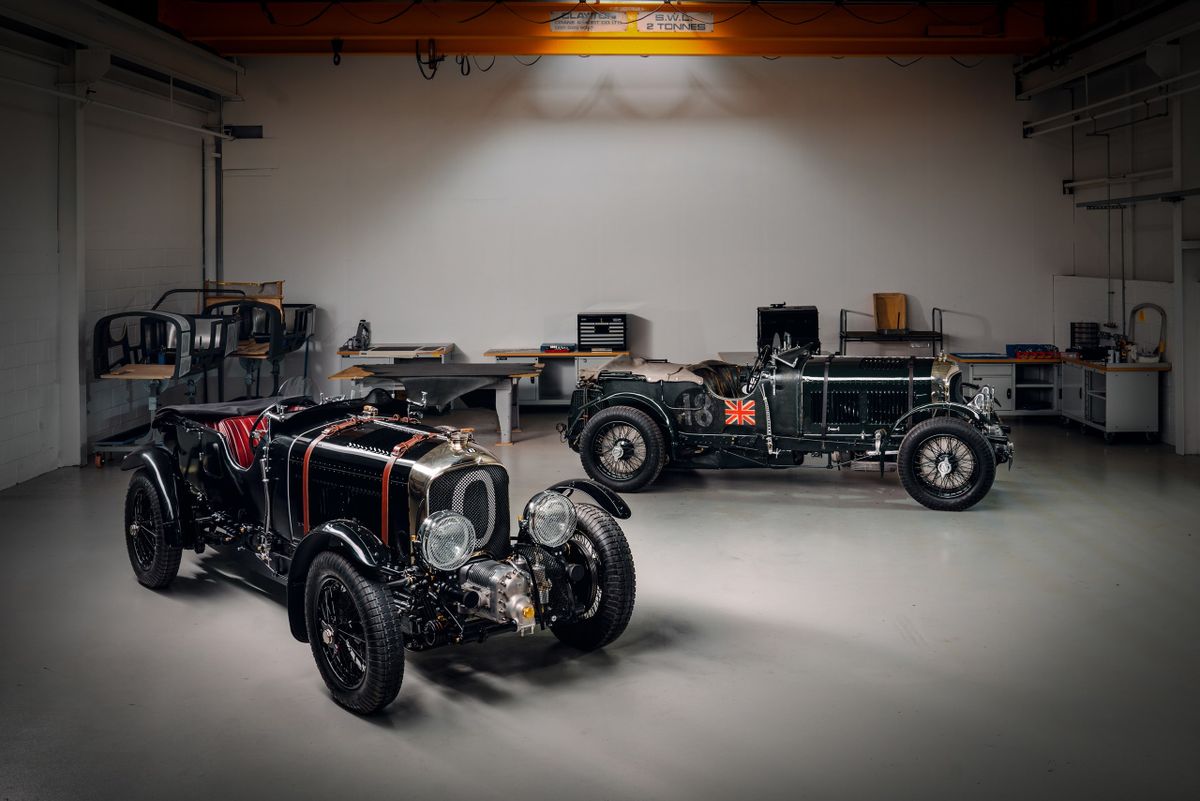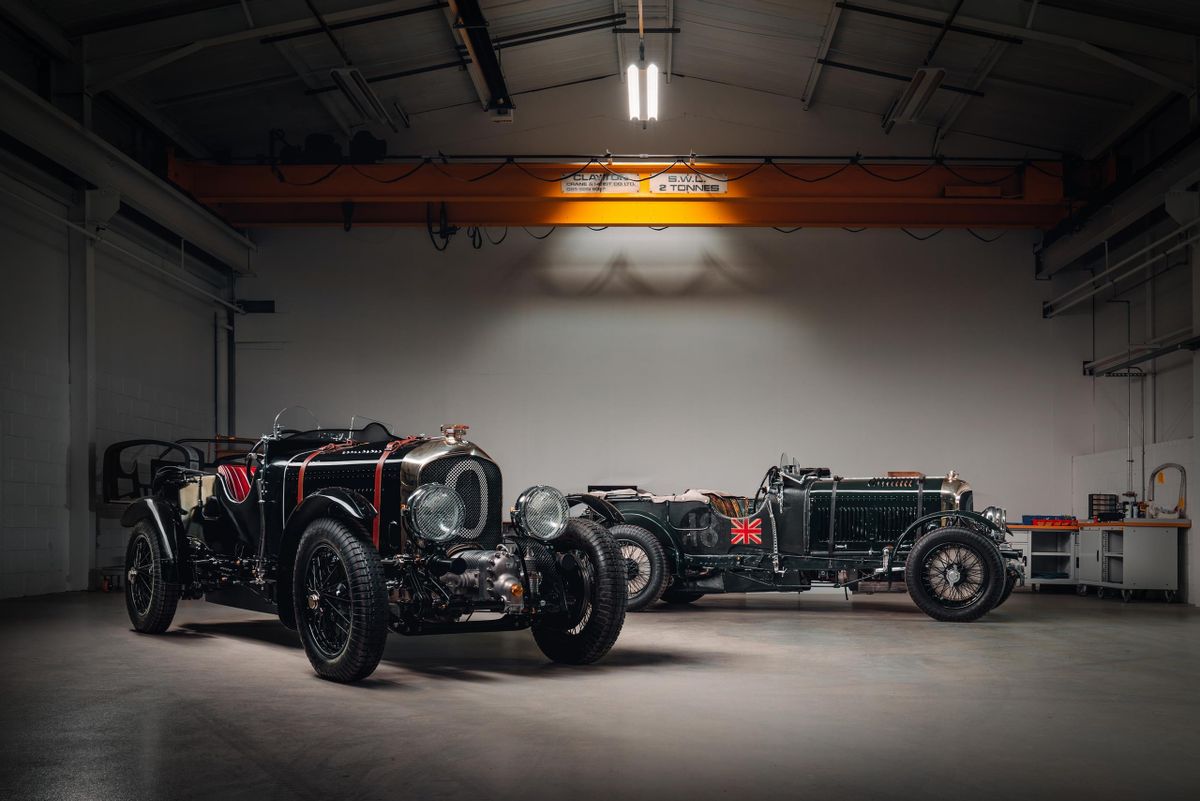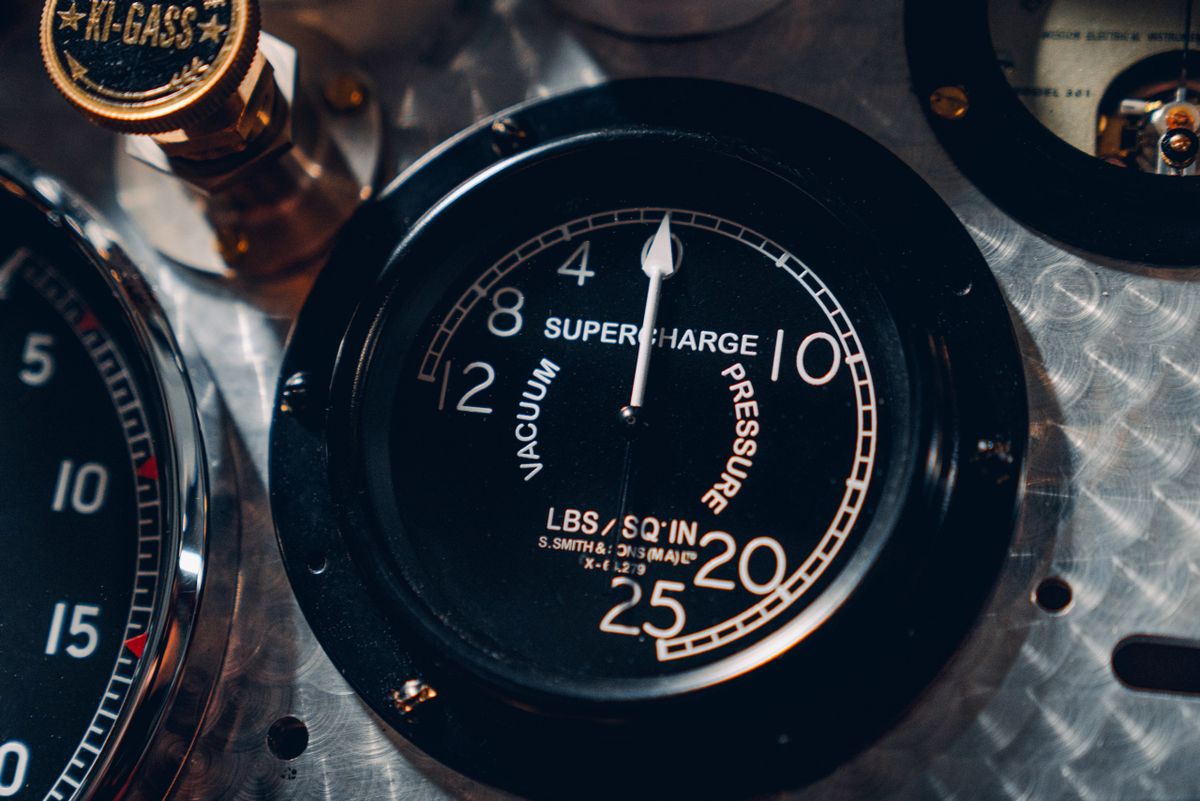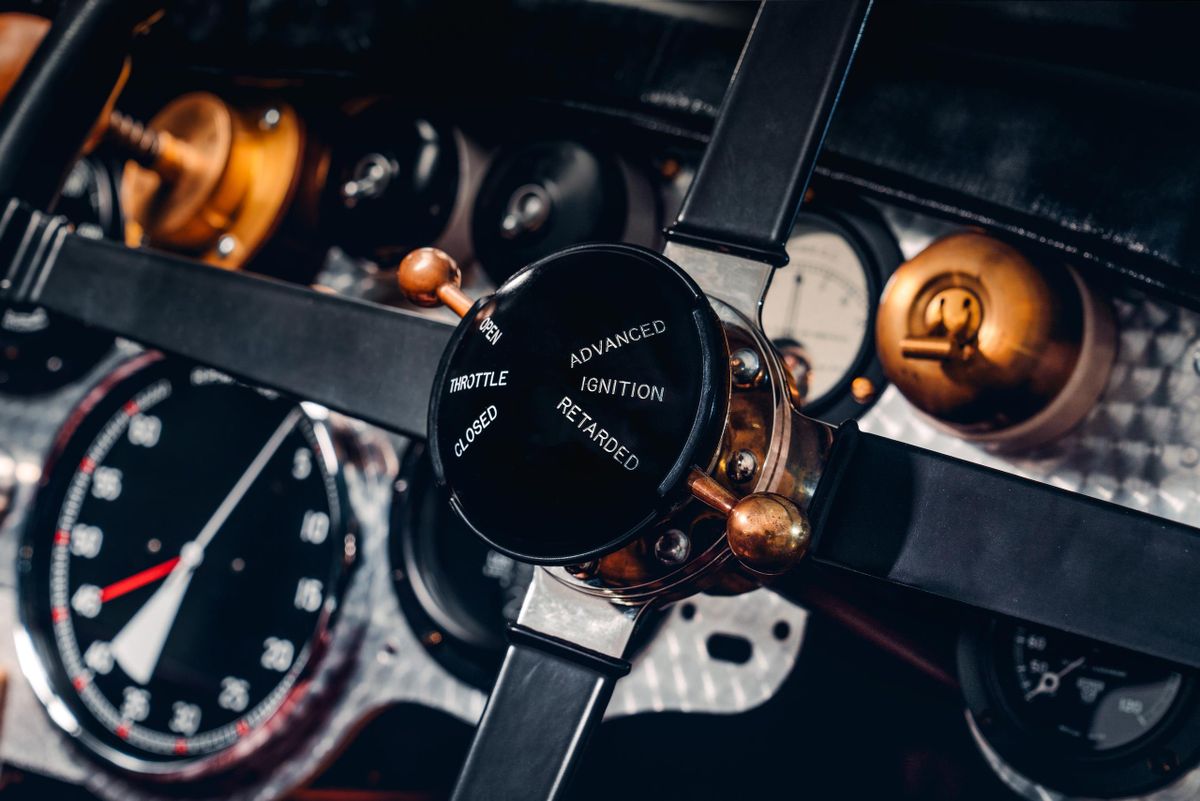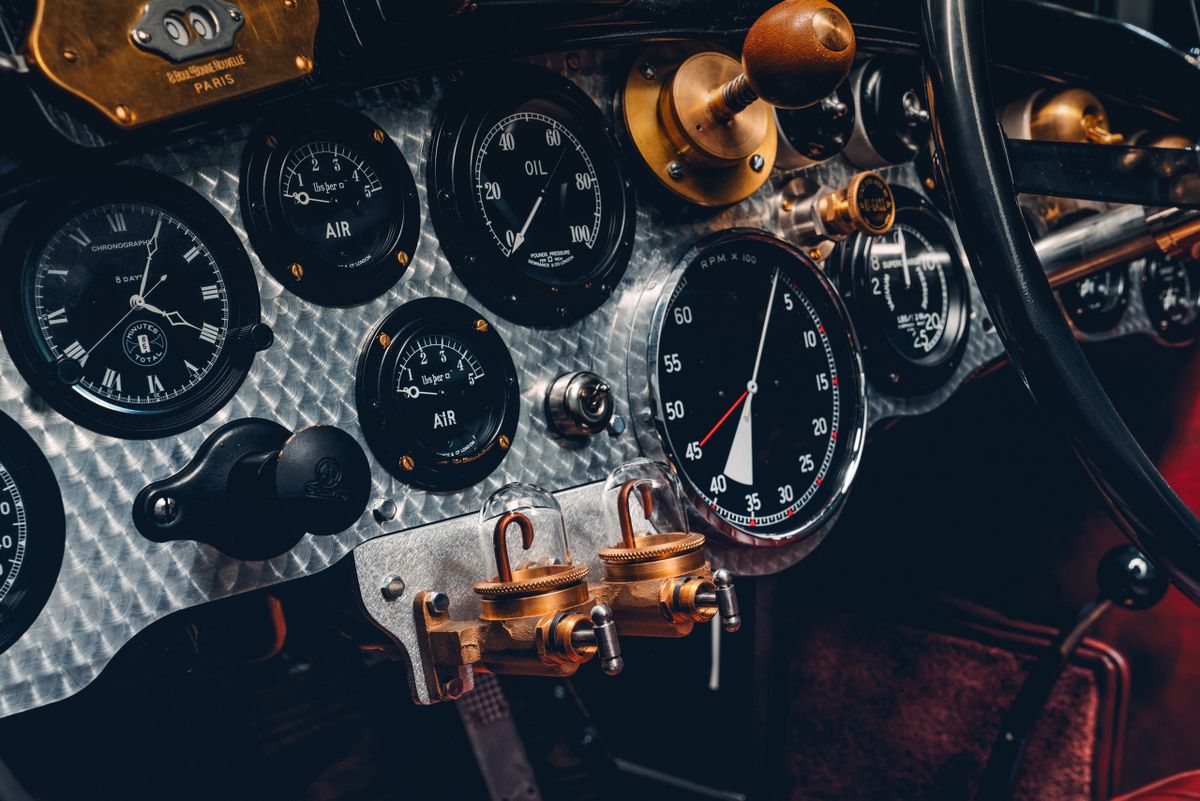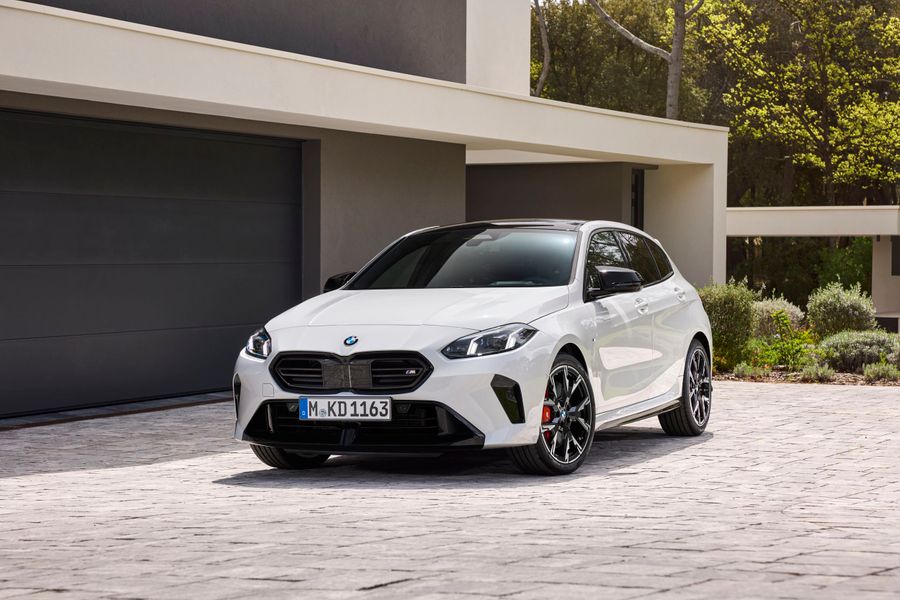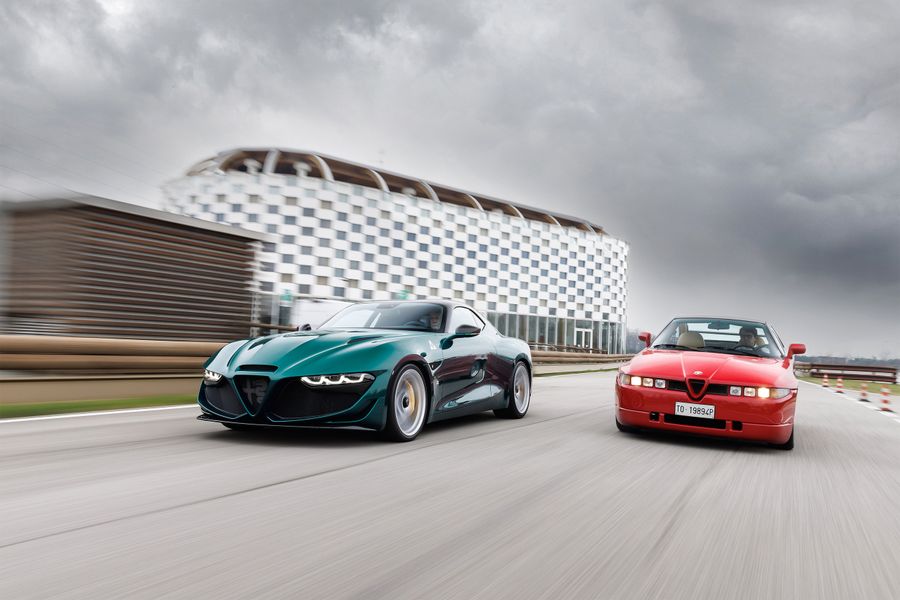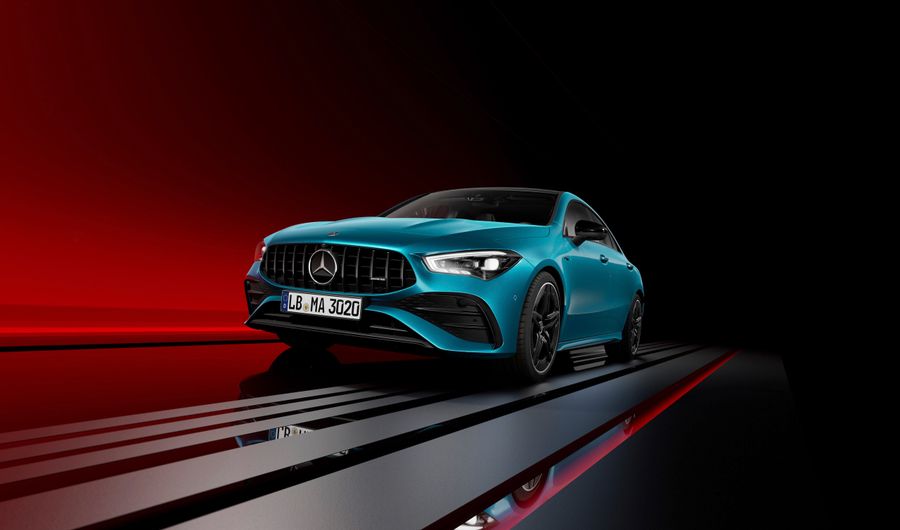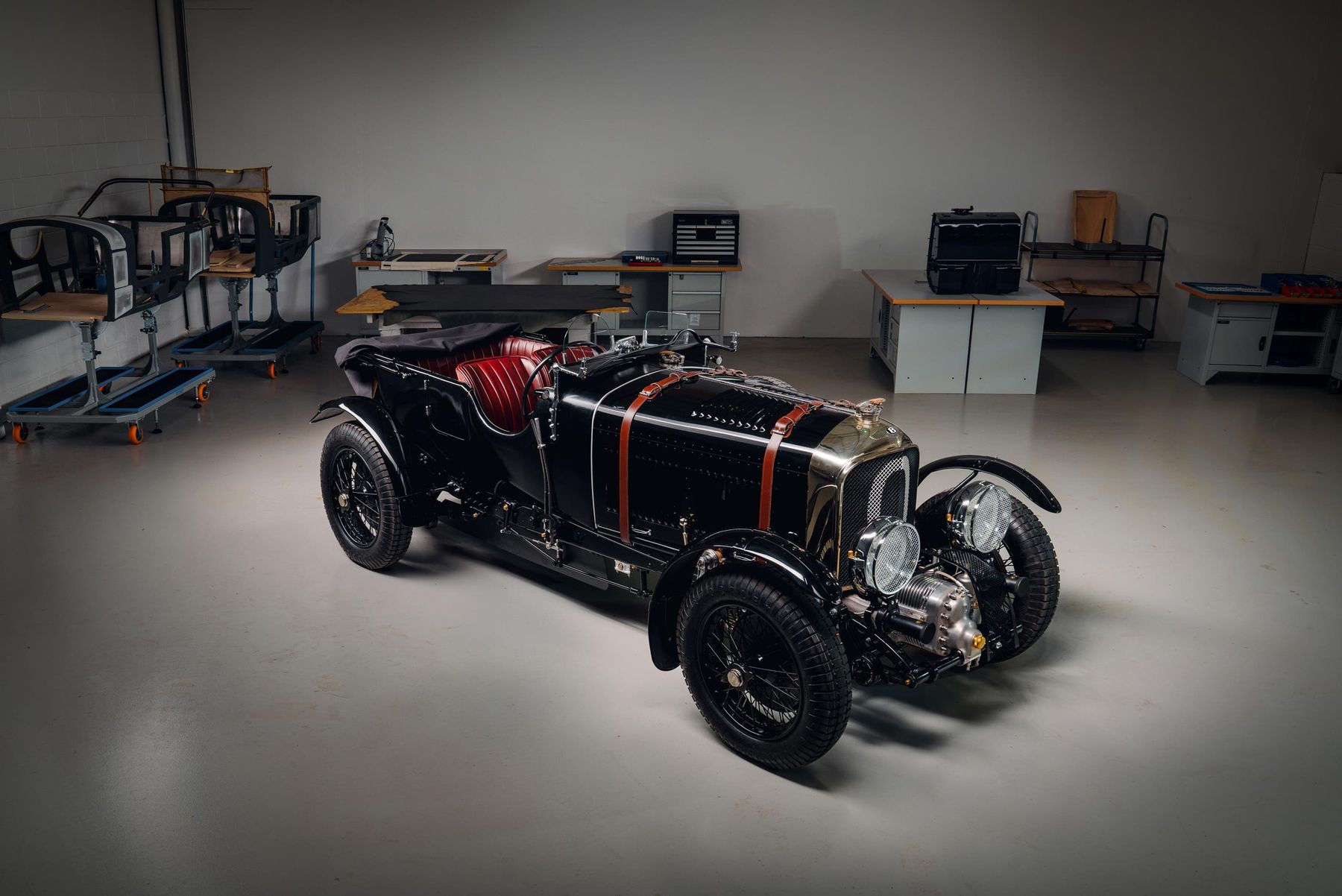
Bentley Blower. New cabriolet from 1929
Actually, remaking old products is a pretty popular trend. Modern people lack warmth and soulfulness, which could be found in old cars, and many also want to stand out and show off. In order to meet the demand, more and more new methods are invented, and automakers do not wait on the sidelines, releasing unique proposals. As an example, Aston Martin revived the 1963 DB5 and other models, Jaguar and its E-Type, which was one of the most famous models in the 1960s.
In December 2020, Bentley and its Mulliner studio announced the release of one of the legends of the 1920-1930s. The Bentley 4½ Liter sports car was one of the fastest in its time: with a standard Vanden Plas body, it accelerated to 150 km/h, and the racing version could accelerate up to 190 km/h. A total of 665 cars were produced. However, there will be only 12 modern copies of the Bentley Blower, and all of them have already been sold!
- Historical reference. The Bentley 4½ Liter is a sports and racing car manufactured by Bentley Motors (UK) from 1927 to 1931. It is known for its victory at Le Mans in 1928. A total of 665 naturally aspirated cars and 55 more powerful Blower versions equipped with a supercharged engine were produced. Developed in 1929 by engineer Amherst Villiers, this engine produced 175 hp on the standard version and up to 240 liters on a forced racing version.
For many Bentley fans, the turbocharged 4½ Liter, known as the Blower, is the iconic Bentley racing car of the pre-war years. It flew like a rocket, winning thousands of fans in every race it entered.
To re-create a car that was built so long ago, one of the original 1929 Bentley 4½ Liter Blower models was completely disassembled, all 1,846 parts were cataloged, 3D scanned, and the car was reassembled. Along the way, a team of heritage specialists carried out a detailed inspection and some refurbishment.
The model was one of four cars built by Sir Tim Birkin for racing in the late 1920s. All of them competed on the European race tracks, the most famous car being the Team Car No. 2 by Birkin, registration UU 5872, raced at Le Mans and played a decisive role in the victory of the Bentley Speed Six factory team in 1930.
- Historical reference. The The duel between Mercedes-Benz driver Rudolf Caracciola and Sir Tim Birkin at the 1930 Le Mans 24 Hour race is legendary. Bentley fielded three team Speed Sixes as well as Birkin’s independent team of supercharged 4 ½ Litre Bentleys. From the start Birkin and Caracciola ran neck and neck, Birkin famously passing the SSK Mercedes on the straight section with two wheels on the grass. Neither car lasted the distance, leaving Barnato to take victory with Glen Kidston in a Speed Six, “Old Number One”. Bentley later bolstered the myth that Birkin was deliberately exhausting the Mercedes by using a turtle-and-hare strategy on his Blower to help the Speed Six win. But, most likely, Birkin was simply striving for victory and knew only one way, which was to move with maximum speed. The reason for the Blower’s failure in endurance racing was perfectly summed up by Nobby Clarke, Bentley’s Racing Manager; “The Blower eats plugs like a donkey eats hay”.
With its long hood, large round headlights and narrow fenders, a vintage car looks unusual and amazing. A guest from another era has a small 4-seater interior, trimmed with leather and corrugated aluminum. For its time, the 4.5-liter Bentley Blower engine was a real masterpiece: the 4-cylinder unit has four valves and two spark plugs per cylinder. The engine is equipped with a compressor and develops 240 hp at 4,200 rpm, accelerating the 2-ton cabriolet to 209 km/h. The Bentley Blower is equipped with an unsynchronized 3-speed manual transmission. It has leaf spring suspension, unpowered steering and drum brakes.
The new Bentley Blower is virtually identical to the original, both mechanically and aesthetically, with the few hidden changes required by modern safety concerns.
Using scanned 3D models and fixtures from the 1920s, as well as a range of traditional hand tools along with the latest manufacturing technology, Bentley specialists have created 12 sets of parts, which they will use to hand-assemble new Blower models over the course of two years. And all of them will be as identical as possible to the original, both mechanically and aesthetically, with the few hidden changes required by modern safety concerns. Just as the original model, the modern car will have the chassis that comprises ash and the seats are stuffed with horsehair.
Despite being 90 years old, the original car still regularly travels the roads, visiting such events as the Italian Mille Miglia, mountain races at the Goodwood Festival of Speed and has even recently driven along the California coast.
The first new 2021 Bentley Blower, called Car Zero, will undergo durability tests. Sessions of progressively increasing duration and speed will test functionality and reliability in challenging environments. The test program is designed to achieve the equivalent of 35,000 km of actual driving on 8,000 km of track and simulates such famous rallies as Beijing-Paris and Mille Miglia.


